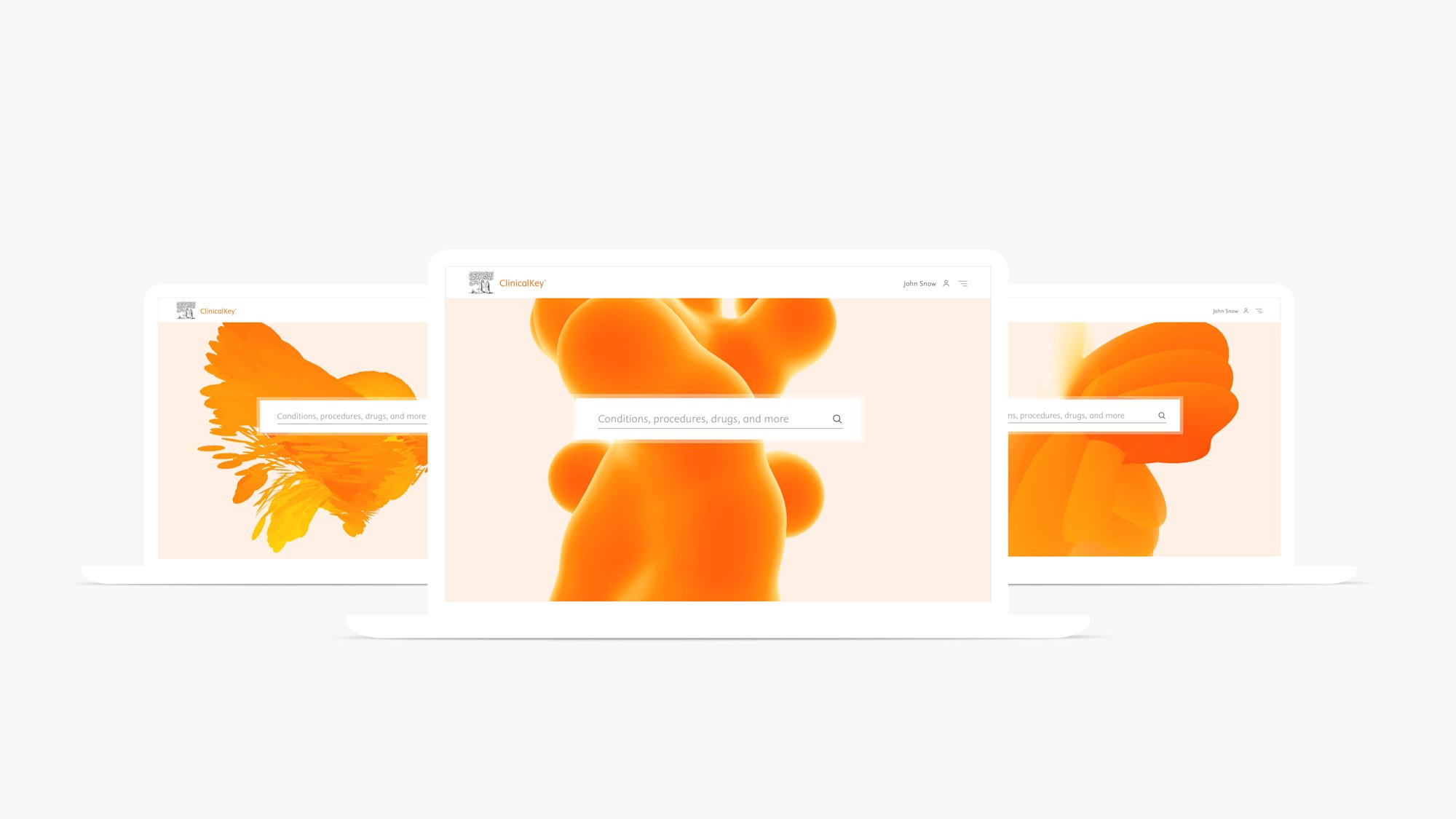Article
Flaunt Your Algorithm

Unremarkably seamless
Digital products are refined tweaked and polished until they achieve that standard. Including yours, right? After many iterations, your product now works so intuitively and so fast, users don’t even realize how complex and brilliant it is. And all the UI-optimisations shaped the interface into the beautiful minimalistic design it should have been all along. But to spice things up, you’ll introduce whimsical icons, signature illustrations, and playful microanimations. If the gods of backlog allow it.
Most services we interact with hide the powerful technology that drives them. Google’s homepage being everyone’s favorite example. And really, that’s fine.
But.
What if you want to stand out? What if you need to be recognized for your innovative technology? What if your algorithm could be visible and noticeable.
For Elsevier’s ClinicalKey, we did exactly that.
ClinicalKey is the leading search engine for medical information. Used by doctors, nurses, and students, to verify diagnoses, discuss treatment plans, and get the latest insights from clinical studies. This requires a massive amount of medical content, with constant updates and a search engine that can think like a doctor.
Enter The Algorithm.

Instead of hiding the product’s engine, we use it to become the face of the product. A creative algorithm processes data from the product to generate dynamic visuals in real-time. Brand expression meets generative design. The user experiences visual feedback directly, making it feel like the engine is responding live. No two screens ever look the same, as the visuals morph and evolve, just like the content repository does. This ‘expressions of data’ approach enhance both the user experience and brand recognizability, killing two birds with one stone.
This new way of creating visuals makes the design process, and outcome, as fluid as the product itself. Constraint by a set of given rules, the algorithms create new visual expressions that are the result of the inserted data altering a set of pre-defined visual parameters. This results in visual expressions that wildly vary but always belong to the same family.